EDITOR’S NOTE: This is the second in a series of profiles on Maine communities making major strides toward sustainability. We looked outside the obvious areas (Portland, we love you and your suburbs, but you get lots of attention for being a green city) and looked for places where efforts were well underway to reduce fossil fuel consumption, promote local foods or farming, or look for new ways to move people (and things) around. Our criteria was loose, but we aimed to find a critical mass toward change. Everyone we asked for recommendations sent us to Norway, and when we started looking around this pretty little Oxford County town of just over 5,000 people, we found that it was exactly the kind of place we wanted to highlight. (Check out the first in our series, about Skowhegan, which ran Aug. 2.)
What Norway is doing appears to be contagious; as you’ll see here, its immediate neighbor, South Paris, is also in on the act.
NORWAY — There is free food on Main Street. At waist height, just waiting to be grabbed by anyone. The catch is, you have to wait for it ripen.
This spring, a dozen green boxes were placed along the street as part of the Edible Main Street project. One of them sits right in front of the Center for an Ecology-Based Economy. The lettuce and peas have gone by, but the nasturtiums are blooming and the tomato plants are flowering.
“We have had more conversations about food over these planters than we have inside,” said Scott Vlaun, the center’s executive director. He and his wife, board member and communications director Zizi Vlaun, are two of four co-founders of the group. Fair Share, Norway’s food co-op since 1975, is next door. Four hundred families have shares in the co-op.
If you don’t need free food, you might help yourself to some free transportation: The bike rack in front of the Center for Ecology-Based Economy is filled with lime-green bikes fitted with orange milk crates on the back, just in case you want to haul home groceries or maybe, if your budget allows it, one of the hip leather purses made across the street at Rough & Tumble designer Natasha Durham’s production facility and flagship store. About 20 of the bikes were donated by community members; others came from the Norway Police Department’s stash of unclaimed stolen bikes.
“So if people steal them … it doesn’t matter,” Scott Vlaun said with a shrug.
The Vlauns are major players in the green movement regionally. He bought land nearby, in Otisfield, in 1980 when he was a student at the Portland School of Art (now Maine College of Art). He built a simple cabin and, after he met Zizi, started bringing her there for escapes from their busy lives in New York. She was a graphic artist, and he was a printer for famed war photographer James Nachtwey, who frequently publishes in Time magazine.
The Vlauns’ regular visits to Otisfield convinced them they wanted to move to Maine full time, and so they did, bringing freelance work with them, including the catalog and website design for organic seed retailer Seeds of Change. They created a small farm and ran a CSA from it. The more rooted they became in the greater Norway community, the more they wanted to implement change in this former town built on mills and shoe factories. The Center of Ecology-Based Economy was born, with a mission statement “to engage the community in developing practical, ecological solutions to perennial needs.” The Vlauns, along with a fleet of other innovators in this tight-knit community, want to help Norway wean itself off fossil fuels and become as self-sustaining as possible.
It’s already happening. There’s a charging station downtown for electric vehicles. South Paris, which is immediately adjacent to Norway, became home to Maine’s first “community solar” project this spring, an array erected on the roof of a former chicken barn and co-owned by nine Mainers. It’s also the site of the Paris Autobarn, where green auto repairs are performed in a building rigged with solar panels.
In Norway, where the old opera house is undergoing a meticulous restoration by the town, there’s talk of putting solar on the roof. Another possibility? Harnessing Pennesseewassee Stream, which runs through town, to supply the Opera House with hydropower.
Among the projects the Vlauns’ center has under way already is a creating a “food forest,” with everything from hazelnut trees to Nanking cherries and apricots, funded in part by a 2014 Maine Local Foods Grant from Harvard Pilgrim Health Care and MaineToday Media, the Maine Sunday Telegram’s parent company. It is being planted now in the back half of the already flourishing Alan Day Community Garden, where Scott Vlaun can be found regularly leading a yoga and gardening class (weeding doesn’t have to be back-breaking).
The community gardens, a block from the center’s office, include plots for about 20 gardeners and also plots for a CSA. The land had been a storage area for the C.B. Cummings & Sons dowel mill, one of Norway’s most enduring companies. The mill had been open 142 years when it closed in 2002, citing competition from foreign markets. The lot is an astonishingly lush 3 acres, donated by the daughters of Alan Day, who had a house that backed on to it. Day, too, was an active advocate for sustainability. “He bought it with an inkling of doing something with it,” Vlaun said. But after his death from a fast-moving cancer, Day’s daughters made a gift of it to the town.
Vlaun’s tractor sat in the middle of the garden recently. He had brought it over to move manure around for the food forest and some new beds. Thanks to volunteers, the garden has electric plug-ins (sometimes it’s the site of live music) that run off solar, as well as an ingenious watering station that pumps well water via solar power. “It only pumps when the sun is shining,” Vlaun said.
This isn’t the only community farming opportunity in town. Just up the road is the Roberts Farm Preserve, a former dairy farm on 165 acres, acquired in 2007 by the Western Foothills Land Trust. Local middle and high school students travel to the preserve to participate in the Garden to School Project. It includes a classroom, a greenhouse (the students are working on hydroponics), pigs, goats, beehives and seemingly every kind of vegetable under the sun. This isn’t a frivolous endeavor; about 60 percent of the students in the local school district are food insecure and receiving either free or reduced-price lunches. Not only can they eat what they grow, but they’re being instructed in a means of feeding themselves throughout their lives.
The Vlauns are trying to raise money for another project, the Agricultural Research Center for Restorative Agriculture, that would also be housed at the Roberts Farm Preserve (fitting, since it once belonged to John Roberts, Maine’s commissioner of agriculture from 1913 to 1920).
What’s restorative agriculture?
“We have very hilly land around here,” Scott Vlaun said. “With poorer soils. It’s really hard for farmers to produce on these thinner, depleted soils, so we’re trying to develop what John Piotti (of Maine Farmland Trust) calls ‘next practices.’ ” That is, farming techniques that can improve that soil without trucking in amendments.
While showing off the Roberts Farm Preserve, the Vlauns bump into Lee Dassler, the executive director of the Western Foothills Land Trust. She’s got a crew of young volunteers, including a number from the University of Maine’s 4-H Camp and Learning Center at Bryant Pond, busy clearing trails for a path. “Great crew,” Dassler said. “They’ve been working since 8:30 in the morning.”
They were working on a running path, but the preserve is already laced with nearly 10 miles of Nordic ski and snowshoe trails, all accessible for free recreation in the winter months. That the community would put so much effort into these trails dovetails nicely with its history. Norway was once known as the Snowshoe Capital of the World because of its snowshoe manufacturing. A giant snowshoe donated by the Snocraft company used to greet visitors to town. (Norway also had a thriving industry for street shoes into the 1970s, a past not entirely vanished thanks to the presence of one of New Balance’s athletic shoe factories.)
A few minutes later, Scott Berk and a companion happened by, hiking up the trail to the overlook of Norway Lake. He serves on the Center for an Ecology-Based Economy board and owns Cafe Nomad, a thriving restaurant that features local foods, as well as Fiber & Vine, a wool and wine store on Main Street. How easy it is to run into many of the major players active in the local green scene speaks to the way Norway’s size works to its advantage.
“It’s small enough so that a few people like Lee Dassler and Scott Berk can come in and make a tremendous difference,” Vlaun said.
And it’s catching.
Consider Carly Sauro, a native of Norway and a rising sophomore at College of the Atlantic who is spending her summer interning with the Vlauns. When she was trying to figure out what to do for the summer, it occurred to her that she could just … go home. “I started thinking, they have a lot of the same values as my school does,” she said. “There are so many projects that I believe in here. And there are so many people I want to help because I know them.”
Copy the Story LinkSend questions/comments to the editors.


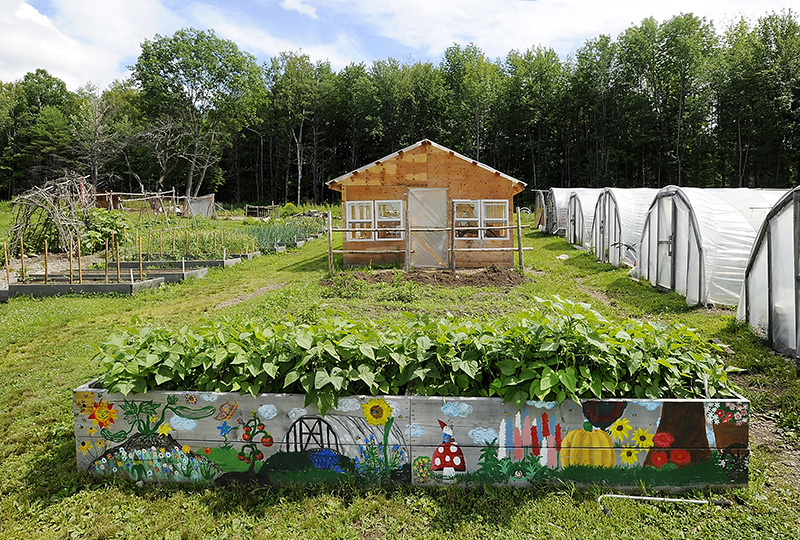
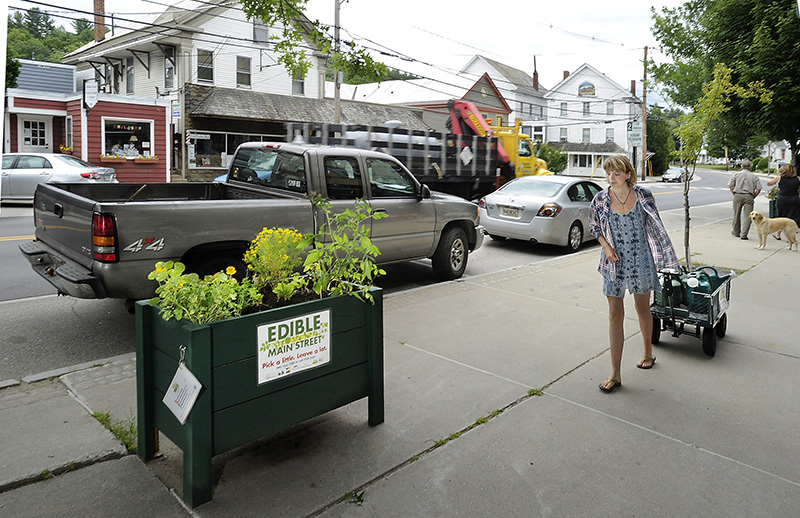
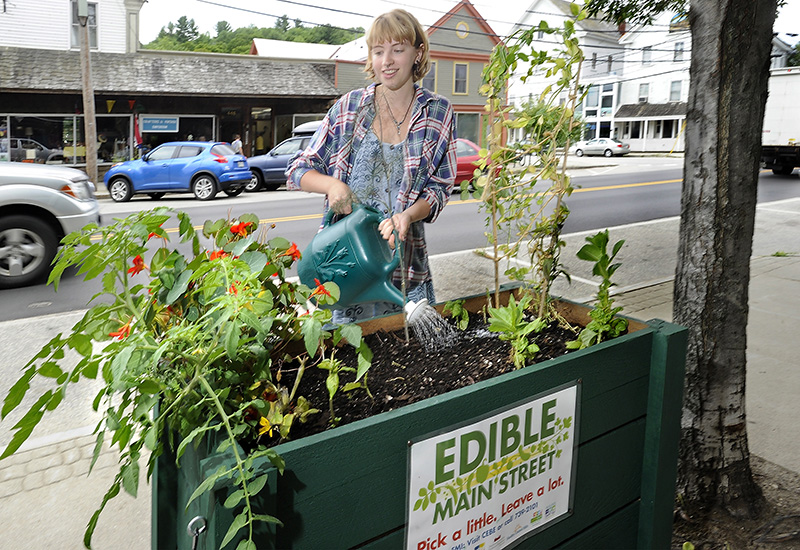
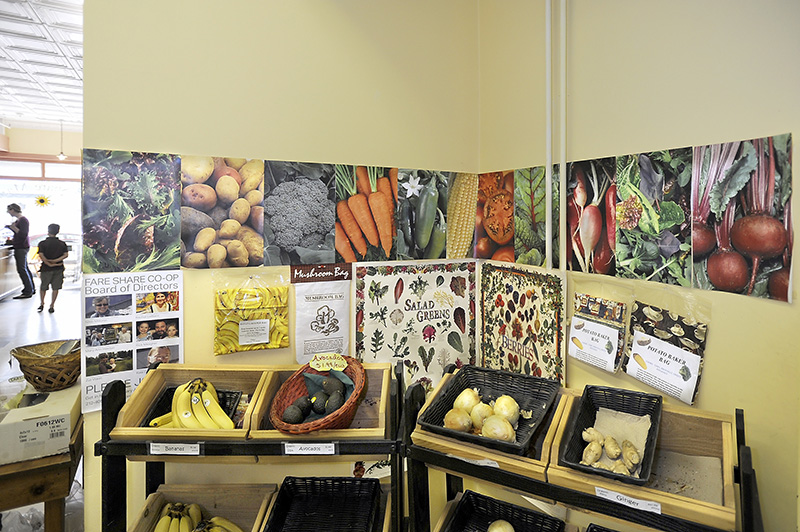
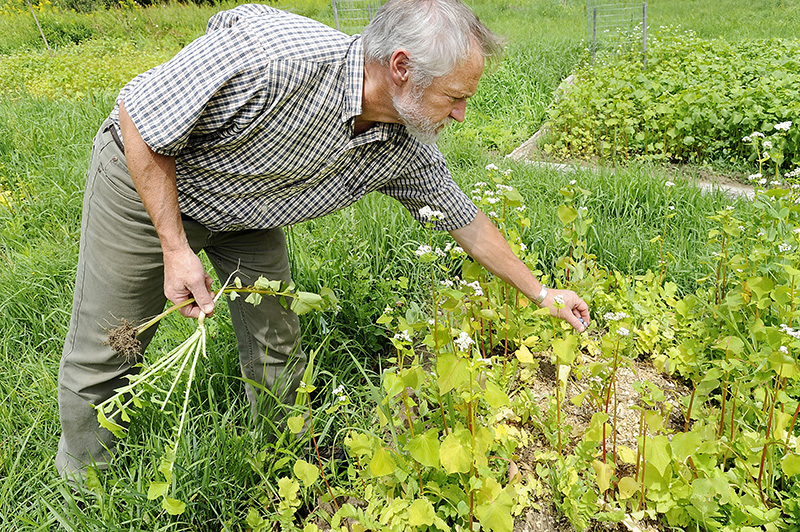
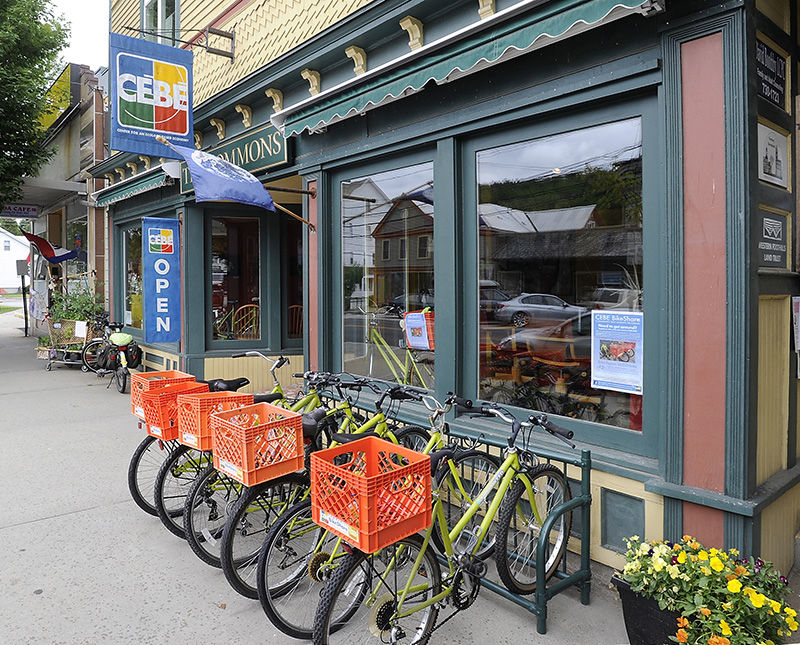
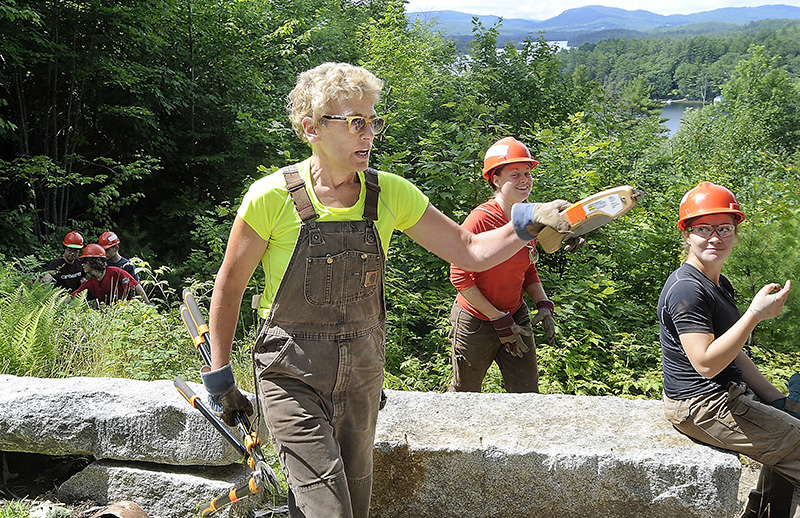
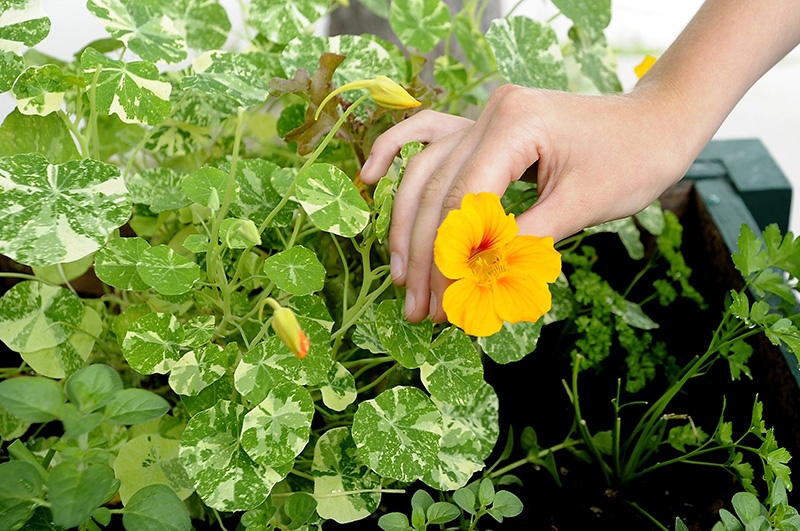
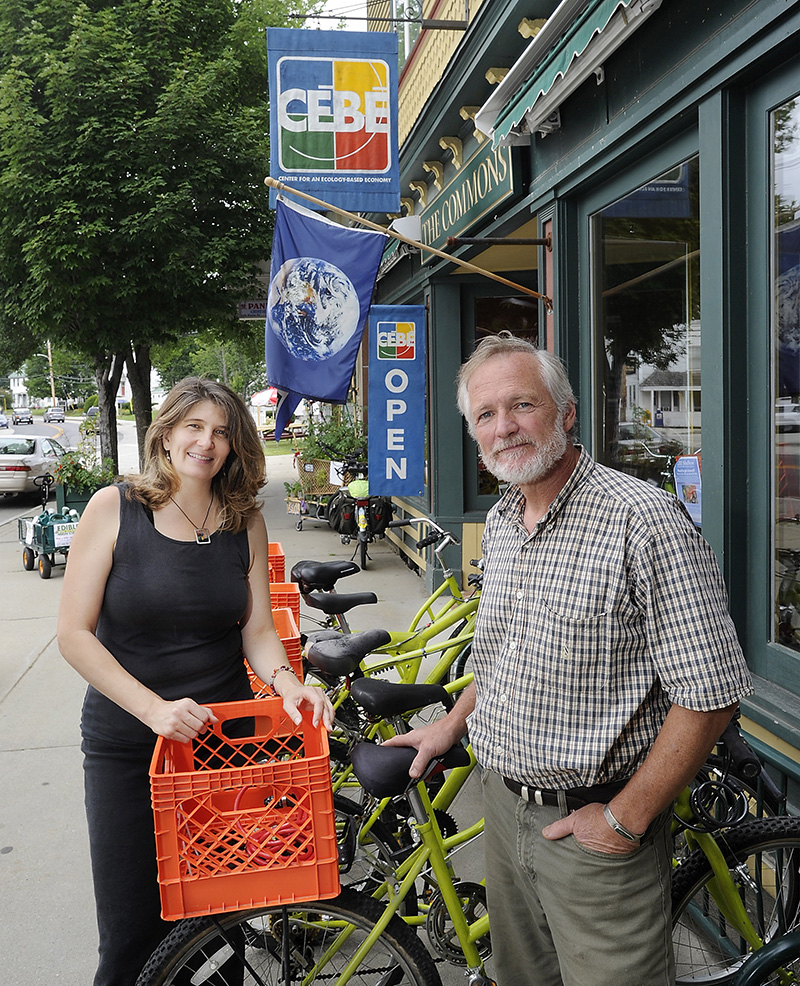
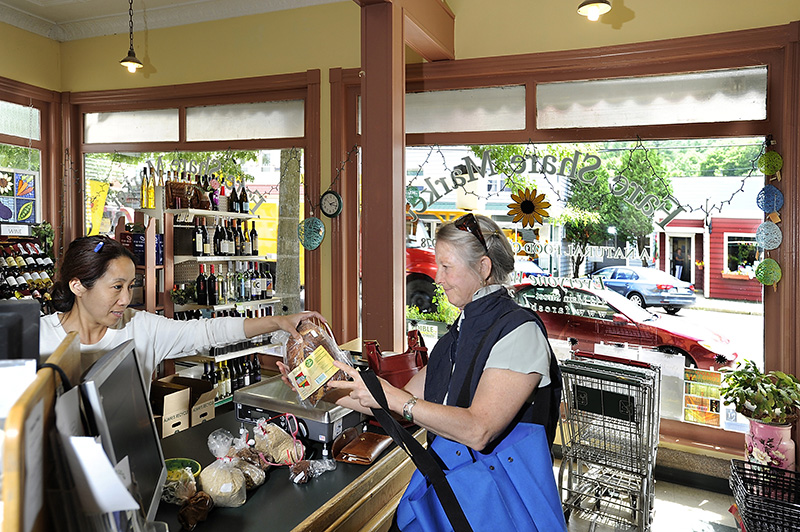
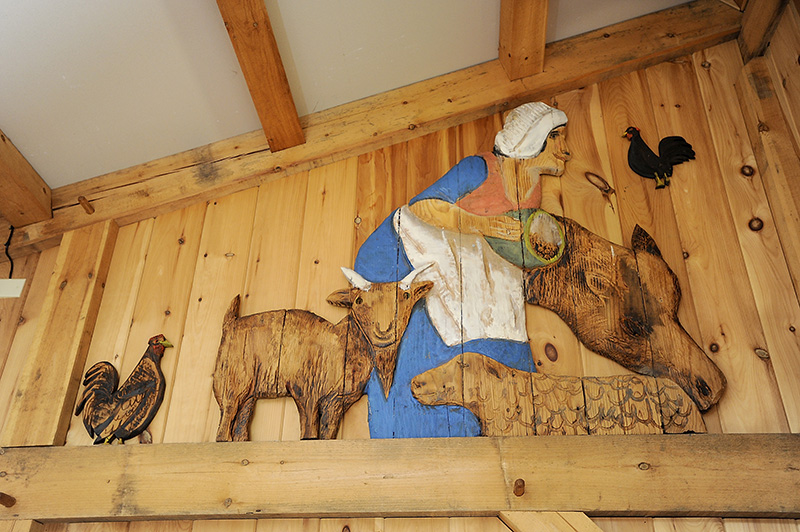
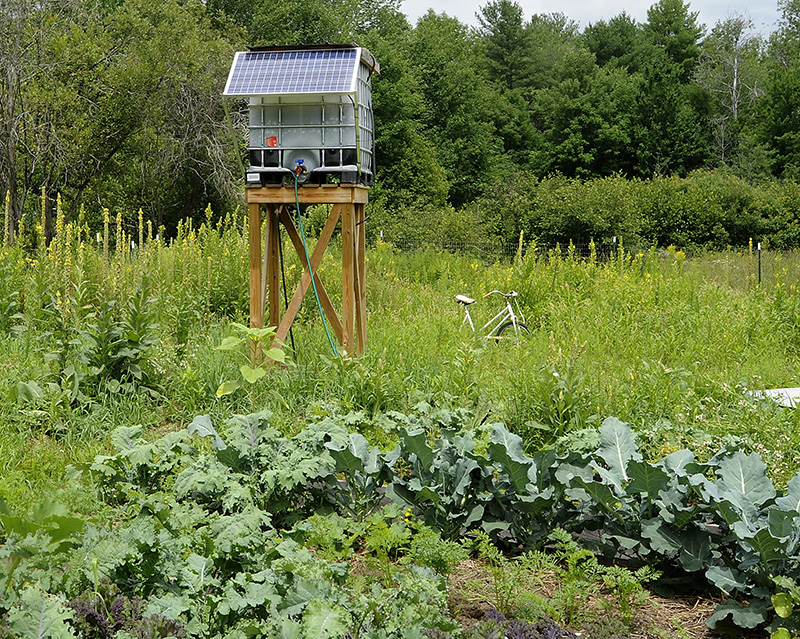
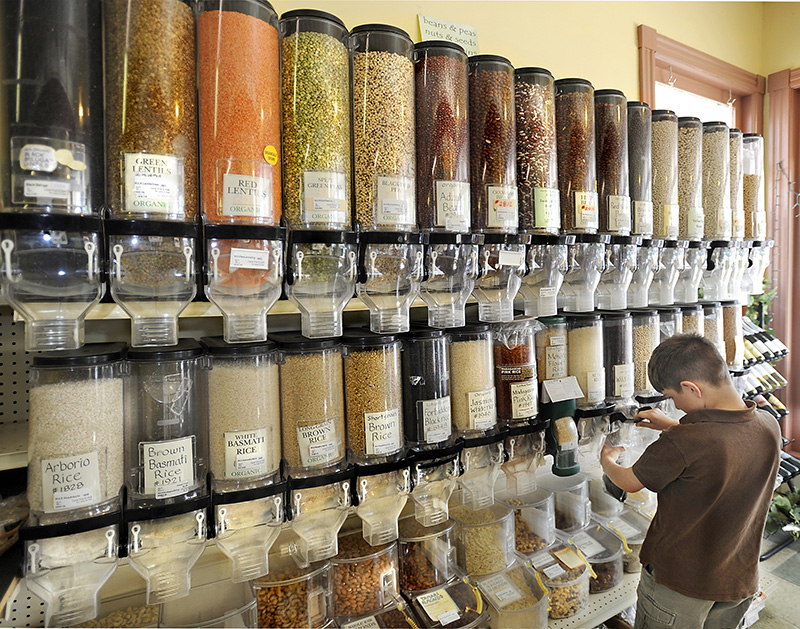
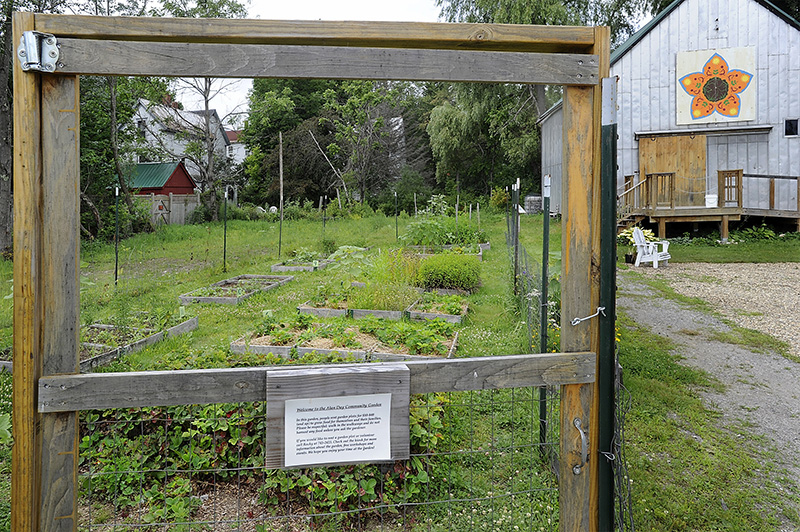
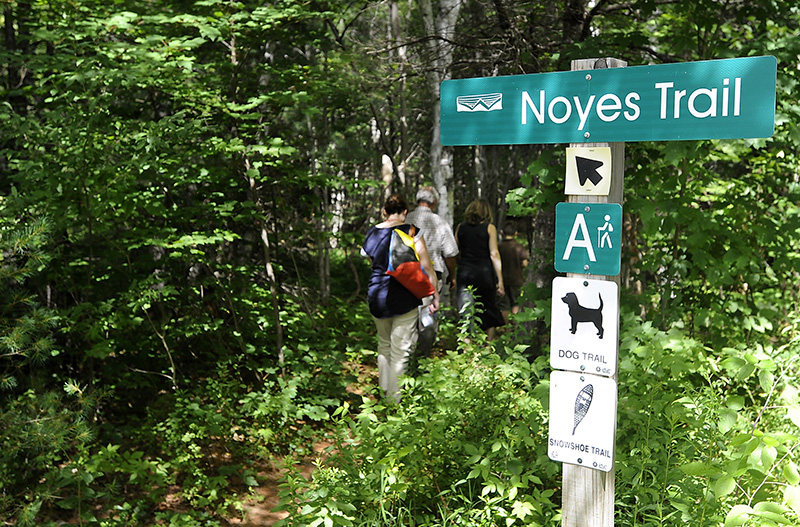
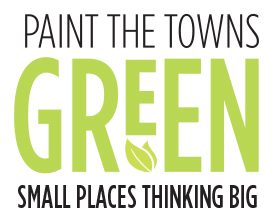

Success. Please wait for the page to reload. If the page does not reload within 5 seconds, please refresh the page.
Enter your email and password to access comments.
Hi, to comment on stories you must . This profile is in addition to your subscription and website login.
Already have a commenting profile? .
Invalid username/password.
Please check your email to confirm and complete your registration.
Only subscribers are eligible to post comments. Please subscribe or login first for digital access. Here’s why.
Use the form below to reset your password. When you've submitted your account email, we will send an email with a reset code.